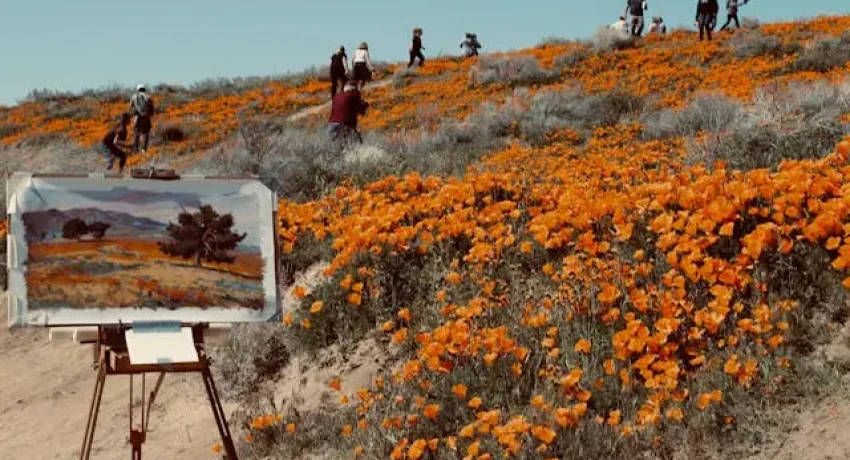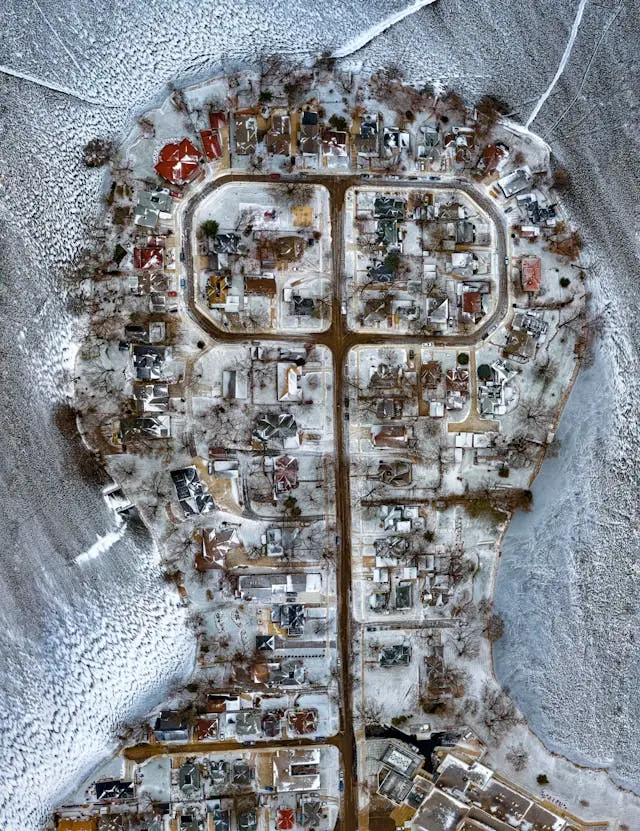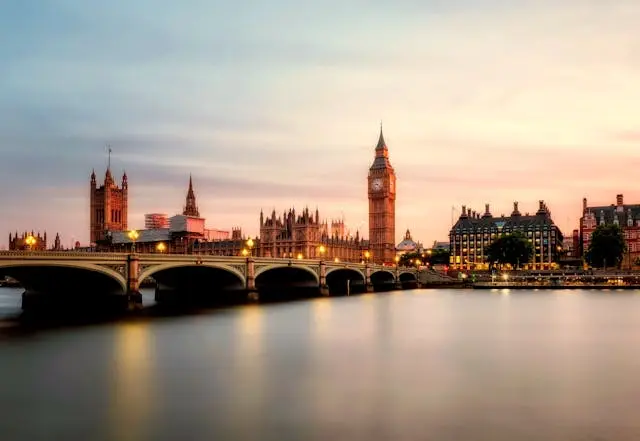THE BEAUTY AND TECHNIQUES OF LANDSCAPE PAINTING
Landscape painting, as an art form, has been celebrated for centuries and holds a special place in the hearts of both artists and art lovers alike. It serves as a bridge between the natural world and human creativity, capturing the vastness, tranquility, and complexity of nature. From early depictions of serene countrysides to modern interpretations of the environment, landscape painting has evolved, yet its essence remains rooted in portraying the beauty of the natural world. This article delves into the history, techniques, and significance of landscape painting, shedding light on why it continues to captivate audiences today.
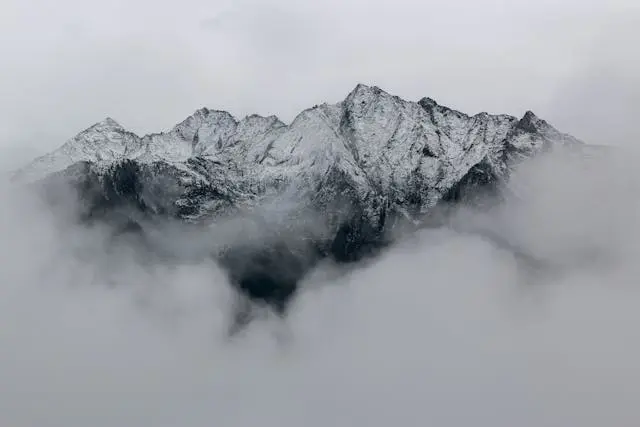
The Origins and Evolution of Landscape Painting
Landscape painting’s roots can be traced back to the early Renaissance period, although it wasn’t initially regarded as an independent genre. Early works from this period often featured landscapes as backdrops to religious or mythological scenes. It wasn’t until the 16th century that artists began to experiment more with landscapes as the central theme of their work. In Northern Europe, the Dutch Masters, including artists like Jan van Goyen and Jacob van Ruisdael, helped establish the genre as an independent form of artistic expression. Their works captured the vast and often rugged landscapes of their homeland, using light and shadow to evoke mood and depth.
In the 17th century, the Baroque period further solidified the importance of landscape painting. Italian artists like Claude Lorrain, and later the Romantic painters of the 18th and 19th centuries, such as J.M.W. Turner, would build upon these foundations. By the time of the Impressionists in the late 19th century, landscape painting was no longer confined to realistic depictions but opened the door to experimental uses of color, light, and brushstroke techniques.
The Role of Landscape Painting in Artistic Expression
Landscape painting offers artists a unique way to express their relationship with the natural world. It provides a medium for capturing not only the physical beauty of nature but also the emotional and psychological responses to it. For instance, the works of Turner often conveyed the sublime — vast, awe-inspiring landscapes that portrayed the power and unpredictability of nature. His dramatic skies and turbulent seas were designed to evoke a sense of wonder and fear, encapsulating human vulnerability in the face of nature’s forces.
On the other hand, the works of the Impressionists, such as Claude Monet and Pierre-Auguste Renoir, focused on the fleeting moments of light and color. Their landscape paintings, like Monet’s famous “Water Lilies,” showcased the beauty of nature through innovative brushwork, with an emphasis on capturing the changing effects of light and atmosphere. These works represented a shift away from the rigid, highly detailed approach of earlier artists toward an appreciation of the transitory and ephemeral qualities of nature.
In today’s modern art world, landscape painting continues to evolve. Contemporary artists incorporate new techniques, digital media, and even environmental concerns into their works. For example, some modern landscape artists aim to raise awareness about climate change and environmental degradation by depicting landscapes that highlight the effects of human intervention, such as deforestation, pollution, or the melting of glaciers. These artists use landscape painting not only as a means of artistic expression but as a platform for social and political commentary.
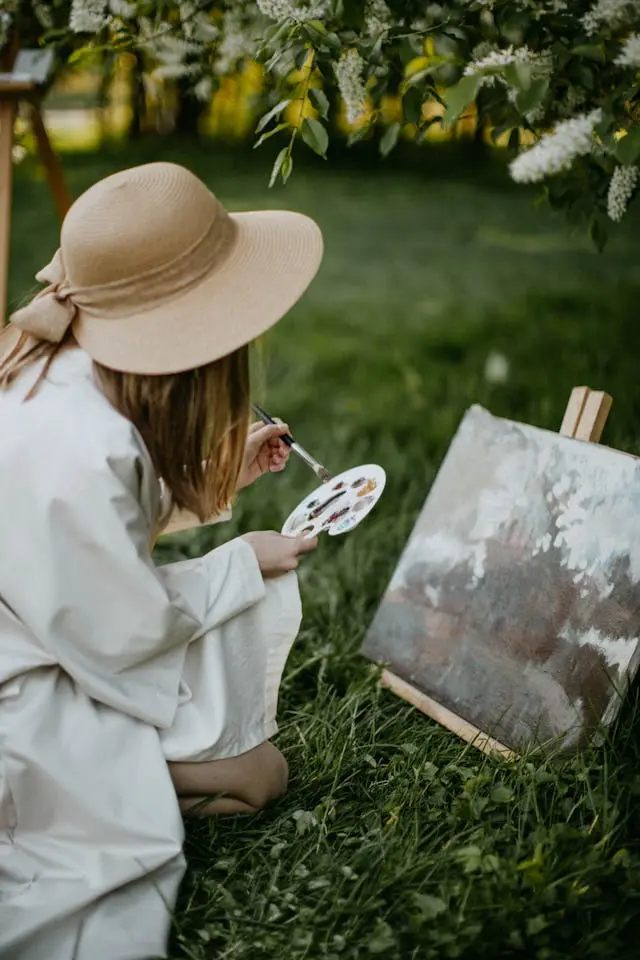
Techniques Used in Landscape Painting
Landscape painting encompasses a wide range of techniques, from traditional oil painting to more experimental approaches. The medium chosen by the artist plays a significant role in how the landscape is presented. Oil paint, for example, is known for its richness and depth, which allows for detailed renderings of light and shadow. Artists can build up layers of paint to create a sense of texture, giving the viewer a tangible connection to the natural world.
Watercolor, on the other hand, offers a more fluid and spontaneous approach. Its transparency allows for delicate washes of color that mimic the soft light of early mornings or the haze of distant mountains. Watercolor landscapes often evoke a sense of calmness and serenity, with artists using the medium’s fluid nature to blend colors and create soft transitions between land, sky, and water.
Acrylics have also become a popular medium for landscape painting due to their fast drying time and versatility. Acrylics can mimic the effects of both oil and watercolor, making them ideal for artists who like to experiment with texture and color. Additionally, contemporary artists often incorporate mixed media, collage, or digital elements into their landscape paintings, further pushing the boundaries of the genre.
The brushstroke technique is another crucial element in landscape painting. Artists use different brushstrokes to create varying effects, from fine, detailed lines to broad, sweeping motions that suggest movement in the landscape. In Impressionist works, for example, short, dabbing brushstrokes are used to create the illusion of light bouncing off surfaces and to capture the energy of the scene.
Famous Landscape Artists Throughout History
Throughout art history, many renowned artists have made significant contributions to the development of landscape painting. Some of the most influential landscape painters include:
- Claude Lorrain: Known for his classical landscapes, Lorrain’s works often depicted idyllic scenes of the countryside, combining nature with idealized mythological figures. His mastery of light and atmosphere had a profound influence on later landscape artists.
- John Constable: An English Romantic painter, Constable is best known for his portrayal of the English countryside. His works, such as “The Hay Wain,” are celebrated for their vivid depictions of rural life and their emotional depth.
- J.M.W. Turner: Turner’s dramatic, almost abstract approach to landscape painting revolutionized the genre. His innovative use of color and light, as seen in works like “Rain, Steam, and Speed,” brought a sense of energy and motion to his landscapes.
- Vincent van Gogh: Known for his expressive, vibrant brushstrokes, van Gogh’s landscapes, such as “Wheatfield with Crows,” captured the emotional resonance of nature through bold, dynamic colors and swirling forms.
- Ansel Adams: A 20th-century photographer, Adams is renowned for his black-and-white photographs of American landscapes, particularly those of the American West. His works, though photographic, are often considered as landscape paintings due to their similar thematic elements of grandeur and nature.
Landscape Painting and Its Cultural Significance
Beyond its aesthetic appeal, landscape painting also holds cultural significance. Historically, landscapes often symbolized more than just the depiction of nature; they could serve as metaphors for human life, spiritual journeys, and national identity. For example, during the 19th century, the American Hudson River School artists created majestic landscapes that emphasized the connection between the people of the United States and the land. Their works were symbolic of America’s manifest destiny and the idea of the American wilderness as a source of strength and inspiration.
In Eastern art, particularly in Chinese and Japanese painting, landscapes have long been considered a medium for expressing philosophical and spiritual ideals. Chinese landscape paintings, known as “shanshui,” often depict mountains, rivers, and misty scenes, reflecting the idea of harmony between humanity and nature. Japanese ink wash paintings (sumi-e) also depict serene landscapes, emphasizing simplicity, balance, and mindfulness.
Today, landscape painting remains a powerful tool for conveying a wide range of human emotions and experiences. Whether it is a celebration of nature’s beauty, a commentary on environmental issues, or a reflection of cultural identity, landscape painting continues to speak to audiences around the world.

Conclusion
Landscape painting, with its rich history and diverse techniques, remains one of the most enduring and versatile forms of art. From its early roots in religious and mythological depictions to its modern interpretations, landscape painting has continually adapted to reflect both changes in the natural world and shifts in artistic sensibilities. Its ability to capture the beauty and complexity of nature while evoking emotional and philosophical responses makes it a timeless and ever-relevant art form. Whether through oil, watercolor, or even digital mediums, landscape painting will undoubtedly continue to inspire and challenge artists and viewers for generations to come.

